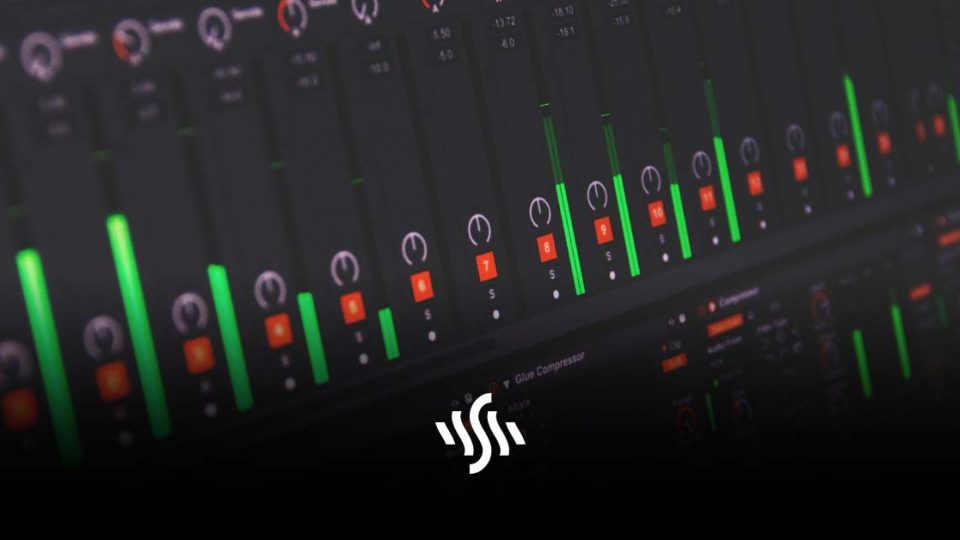How to Edit Sound Effects to Perfection
Thinking about becoming a Synchedin sound effects contributor? Great! Here’s how to edit sound effects to create the perfect Foley!
The art of Foley is one that can all too easily go overlooked. Watching a horror film with the sound turned off, unsurprisingly, just isn’t quite the same. Without the gory sounds of carrots being snapped and tomatoes being crushed, the film lacks its ability to cause visceral reactions amongst its audience.
When creating your own sound effects (SFX), it’s important to understand that there’s more to it than just grabbing your phone recorder and messing with some vegetables. There are some microphones that are much better suited to recording Foley than others, so the equipment you use requires some careful consideration. Once you master your recording set up, you’re firmly on track to being able to earn some money through your SFX.
But, before you become a Synchedin contributor and upload your collection of SFX, you should nail the edit. Here’s how you can edit sound effects to ensure they are film and video ready!
Identify Types of SFX
Approaching editing sound effects without any kind of focus can lead you to wasting time or starting off on the wrong foot. Foley is a broad space, and capturing the ambient sounds of woodland is very different to recording a hammer striking a sheet of metal. With this in mind, it’s helpful to first identify the type of sound effect you’re trying to edit.
Foley SFX
Foley is created in a specially organised studio. Artists usually create SFX live, whilst watching the visuals on a screen. Surrounded by a mass of objects and tools, Foley is a blend of live performance and careful editing.
Ambient SFX
Ambient sounds are used to create a sense of space or environment. For instance, the beeping and whooshing of city traffic, or the twittering of songbirds in the countryside.
Synthesized SFX
These SFX are created solely electronically, using synthesizers, electronic instruments and programmed sounds.
Hard SFX
Hard SFX are sounds that can be “seen” on screen. They are sounds that have to be precisely synchronised to what’s happening on the screen. Alternatively, soft SFX take place without being visible on screen.
Get To Know DAWs
A DAW (digital audio workstation) enables you to edit and play with your sound effect once you’ve taken the time to record it. Or them. It’s unlikely you’ll be recording one single, solitary sound effect, isn’t it? You may recognise a DAW as something a music producer is glued to, a busy and colourful window full of wave forms and digital sliders. They can certainly appear intimidating at first glance, but don’t worry! You can find loads of great tutorials and classes on Skillshare, helping you learn the fundamentals of a DAW and production.
Some popular DAWs for professional audio content include Logic Pro, Garageband, Ableton and Pro Tools.
Trimming, Shifting, The Fun Stuff
Keeping your SFX neat and tidy will not only help you and your workspace, but it makes it simpler to upload them to sites like Synchedin! When you edit sound effects, you have the chance to take one recording and place it into multiple worlds. That’s the joy and importance of editing.
Trim & Fade
If you sew a dress, you wouldn’t leave all the excess threads dangling from the finished garment, would you? It’s the same when it comes to SFX. Keep audio tidy by trimming off any excess – any silence at the start and end of the clip.
Using fades to soften the edges of an audio clip is a good idea too, and can avoiding any harsh popping sounds if you’ve trimmed down the clip. If you’re trying to join a number of clips together to create one cohesive effect, a cross-fade will work wonders.
Pitch Shifting
Shifting the pitch of an audio clip up or down doesn’t necessarily mean speeding it up or slowing it down. We’re way past the age of tape recorders – although they do sound fantastic. Digital audio production allows for a lot more freedom when messing with pitch, without effecting too much else.
Pitching a sound down can give it more impact, more oomph. If you are shooting for the roar of a big cat or some other mighty beast, pitching down can help create that sense of power and awe. Pitching up and down can also give a different quality to someone’s voice. However, subtlety and discretion is advised here – we don’t want any chipmunks.
Time Stretching
Sometimes a sound effect might be just that little bit too long or short. If you wish to trim down the sound without actually cutting anything off, you can shorten the length of time. But, you won’t be able to make dramatic changes to the length of time without changing the audio quality. This goes for both stretching and shortening, so it’s a good tool for small alterations only.
Adding Reverb
Reverb hides a multitude of sins, but can also enhance certain elements of an audio recording. Reverb is fantastic for creating a sense of space and size. For instance, if you wanted to make a clap sound like it’s a lone fan in an empty theatre, drench it in reverb. Using this effect means you can take one recording and turn it into a number of sound effects.
Delay is another wonderful effect for changing the quality of a sound effect. Best for creating echoes, you can again create a new environment digitally and use only one recording to make many effects.
Now you’ve got everything you need to create and edit the perfect SFX, be sure to check out Synchedin and become a contributor hero today!
